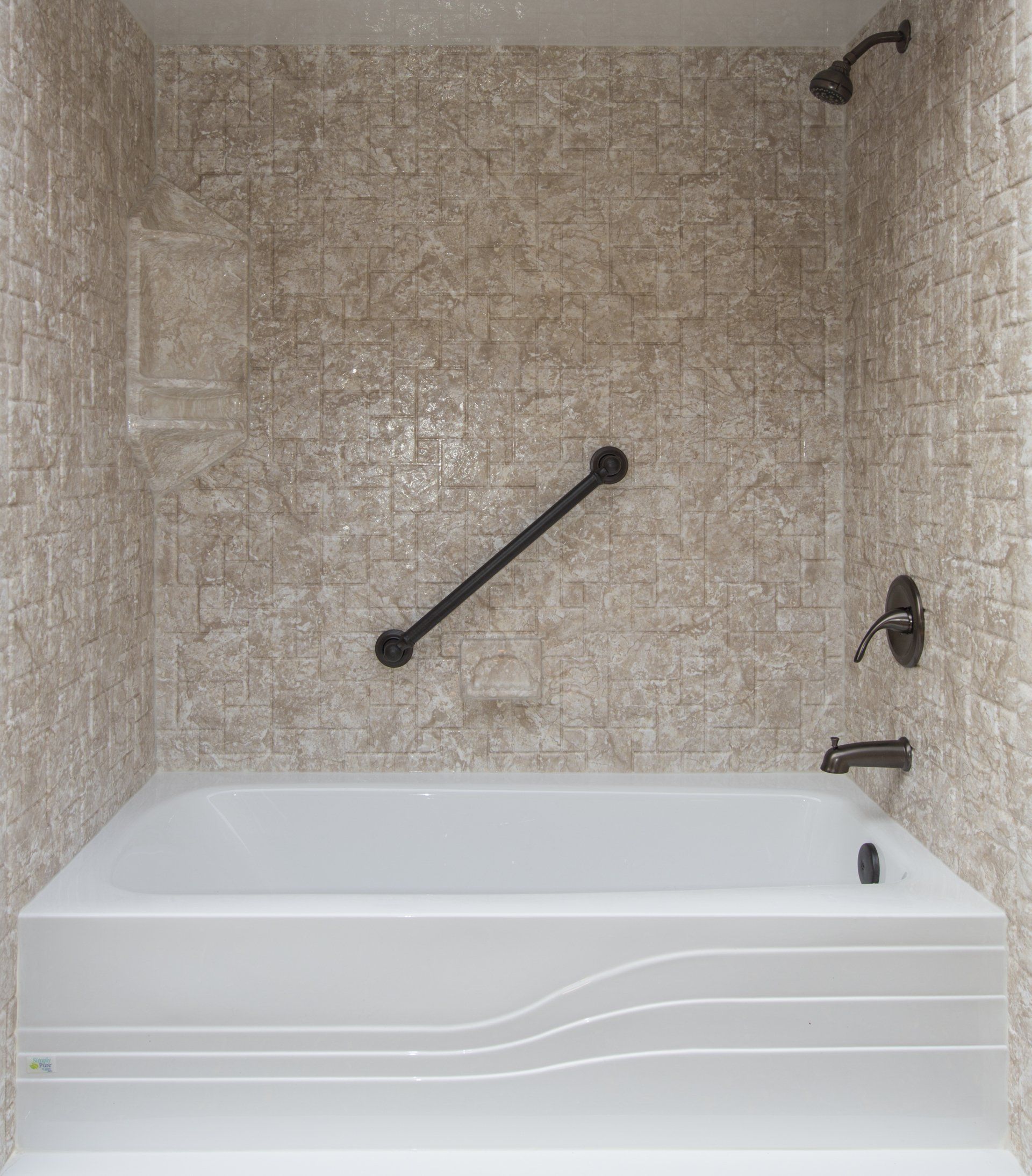Maintaining a Walk-In Bathtub in Southern Maine
Maintaining a walk-in bathtub in Southern Maine is essential to ensure it remains a safe and functional part of your home. Given the region's varied climate conditions—from cold, harsh winters to humid summers—regular maintenance is key to preserving the integrity and functionality of your bathtub. This comprehensive guide will provide homeowners with practical tips and advice on how to keep their walk-in bathtubs in top condition, tailored to the specific challenges of Southern Maine.
Understanding Walk-In Bathtubs
Walk-in bathtubs are designed for safety, comfort, and accessibility. These units typically feature a door that allows users to enter without having to climb over the side, reducing the risk of slips and falls. Most models are equipped with features such as non-slip floors, built-in seats, handrails, and adjustable hydrotherapy jets, enhancing the bathing experience, particularly for those with limited mobility. To maintain these benefits, each component requires regular care and attention.
Climate Challenges in Southern Maine
The climate in Southern Maine can pose several challenges to maintaining a walk-in bathtub. The region's cold winters can cause pipes to freeze and burst if not properly insulated, while the humid summers increase the risk of mold and mildew accumulation in bathrooms. Additionally, the area's variable water quality, with some regions having particularly hard water, can lead to mineral deposits building up in the tub's jets and plumbing systems.
Regular Maintenance Tips
Cleaning:
- Use a gentle, non-abrasive cleaner to protect the tub's surface and avoid harsh chemicals that can damage the finish or components. Opt for natural cleaners like vinegar or baking soda for an eco-friendly and effective solution.
- For homes with hard water, installing a water softener can prevent the buildup of lime and calcium, which can clog jets and degrade faucets and pumps.
Inspection:
- Regularly check the seal around the door and replace it if you notice cracks or leaks. This is crucial to prevent water damage and ensure the tub's door functions properly.
- Inspect all mechanical elements such as jets and the heating system. Look for signs of wear or corrosion and address these issues promptly to avoid costly repairs later.
Prevention:
- Keep your bathroom well-ventilated to reduce humidity levels; this is vital in preventing the growth of mold and mildew. Consider using a dehumidifier during particularly humid months.
- Clean the tub after each use to prevent soap scum and residue buildup, which can become breeding grounds for bacteria and mold.
Professional Help and Resources
While regular DIY maintenance is essential, some situations require professional assistance. If you encounter persistent leaks, operational issues with the hydrotherapy system, or signs of mold you cannot control, it’s prudent to contact a professional. Local plumbers and specialized bathroom maintenance services in Southern Maine often have experience dealing with the specific issues that arise in the area. Establishing a relationship with a reliable service provider ensures that you can quickly address any problems that exceed typical DIY maintenance.
DIY vs. Professional Maintenance
Deciding between DIY maintenance and hiring a professional depends on several factors:
- Complexity of the task: Simple cleaning and preventative care can generally be handled by the homeowner. However, tasks like replacing seals, repairing plumbing, or addressing electrical components of the tub's therapy system are better left to professionals.
- Tools and expertise: Some maintenance tasks may require specialized tools or knowledge that typical homeowners do not possess. Assess whether you can perform the task efficiently and safely before beginning any work.
Maintaining a walk-in bathtub in Southern Maine requires diligence and an understanding of the local climate’s impact on your bathroom. By adhering to these best practices for regular cleaning, inspection, and preventative care, you can significantly extend the life and functionality of your walk-in bathtub. Whether you choose to handle maintenance tasks yourself or enlist professional help, staying proactive is key to ensuring your walk-in tub continues to provide safe, comfortable baths year after year.
Blog






